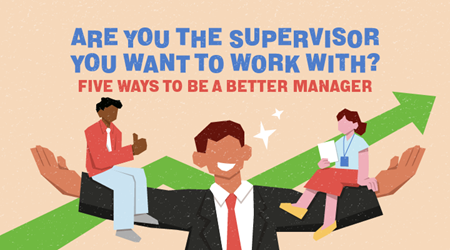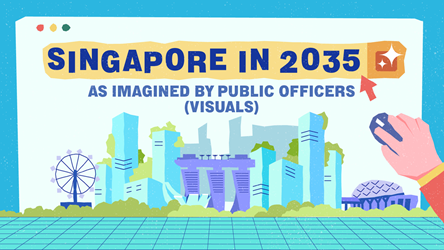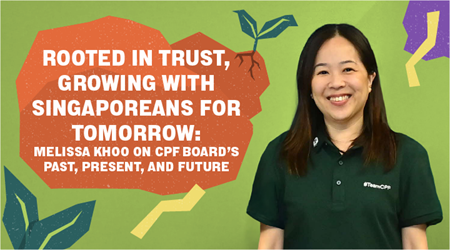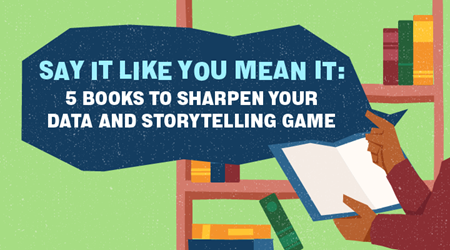5 Cognitive Biases And How to Avoid Them

At work and in life, we may sometimes fall victim to cognitive biases. These are patterns of thinking that affect the rationality and accuracy of our judgements, often unconsciously.
To be at the top of our game, it is important to be aware of the biases we tend to have and catch them before they lead us to make unwise decisions.
Here are some common cognitive biases you may encounter in your daily work, and how to avoid them:
1. Confirmation Bias
We tend to search for and remember information that confirms our wishes and perceptions. This creates the risk of filtering out potentially useful facts and opinions that don’t align with our beliefs.
How to avoid it: Proactively seek alternative ideas and information. If you use search engines to do research, avoid typing in affirmative statements such as “long emails are bad”. Frame it as a question instead – for example, "are long emails bad?"
2. Availability Heuristic
When we evaluate our options in decision-making, we tend to reference information that comes quickly and easily to our minds. These can be events that are recent or more memorable, such as current news events.
When screening candidates for a job position, for example, the availability heuristic may cause us to view the most recent candidates more favourably as compared to others.
How to avoid it: Consider overall trends and patterns to see information as part of a bigger picture. If you are working in a group, try red teaming (playing the role of the adversary or competitor) or appointing a devil’s advocate. This can help the group to be aware of biases taking effect.
3. Framing Bias
Every piece of information that we see has been framed a certain way. The choice of wording used in a news headline or report title, for example, steers us towards a certain opinion.
This bias works in our favour in certain situations, such as marketing a campaign or explaining the results of a project, when the positive or attractive details can be emphasised. But it becomes harmful when we make decisions based on information without considering how it was presented to us.
How to avoid it: Widen your perspective by considering how other sources would present the same information. Another tactic is to rephrase the information and see whether your conclusions from it have changed.

4. Effort Justification
When we do something difficult or taxing in pursuit of a goal, we sometimes justify our efforts by placing more value or importance on the goal.
This can be useful in certain situations such as beating procrastination or motivating ourselves to do a task. But it can also be used to justify continuing to put effort or resources into something that is failing just because we have already invested so much in it. In behavioural economics, a similar bias is the sunk cost fallacy.
How to avoid it: Take a step back and assess the results of the project objectively, independent of the effort you have put into it. It is also useful to define a good result at the beginning of the project. Refer to this from time to time to determine if your effort is consistent with the result.

5. Choice Overload
There is a saying that having “too much choice is a bad thing”. Choice overload is similar – when we get overwhelmed by the number of options we can choose from. This may leave us with lower satisfaction and confidence in our choice.
As a result, we might delay making important decisions because of the mental effort required. So instead of spending energy choosing the best decision, we are paralysed and choose nothing instead.
To ease decision-making, we may also try to narrow the number of choices by unintentionally applying other cognitive biases such as the availability heuristic.
How to avoid it: Make time to analyse your options so that you feel less overwhelmed when making a choice. You can also group the options into categories (for example, according to their common characteristics) so that you have fewer overall choices to make.

To get more stories like this, subscribe to the Challenge newsletter or follow the Challenge Telegram channel.
- POSTED ON
May 26, 2022
- TEXT BY
Hidayah Md Sham
- ILLUSTRATION BY
Mushroomhead








